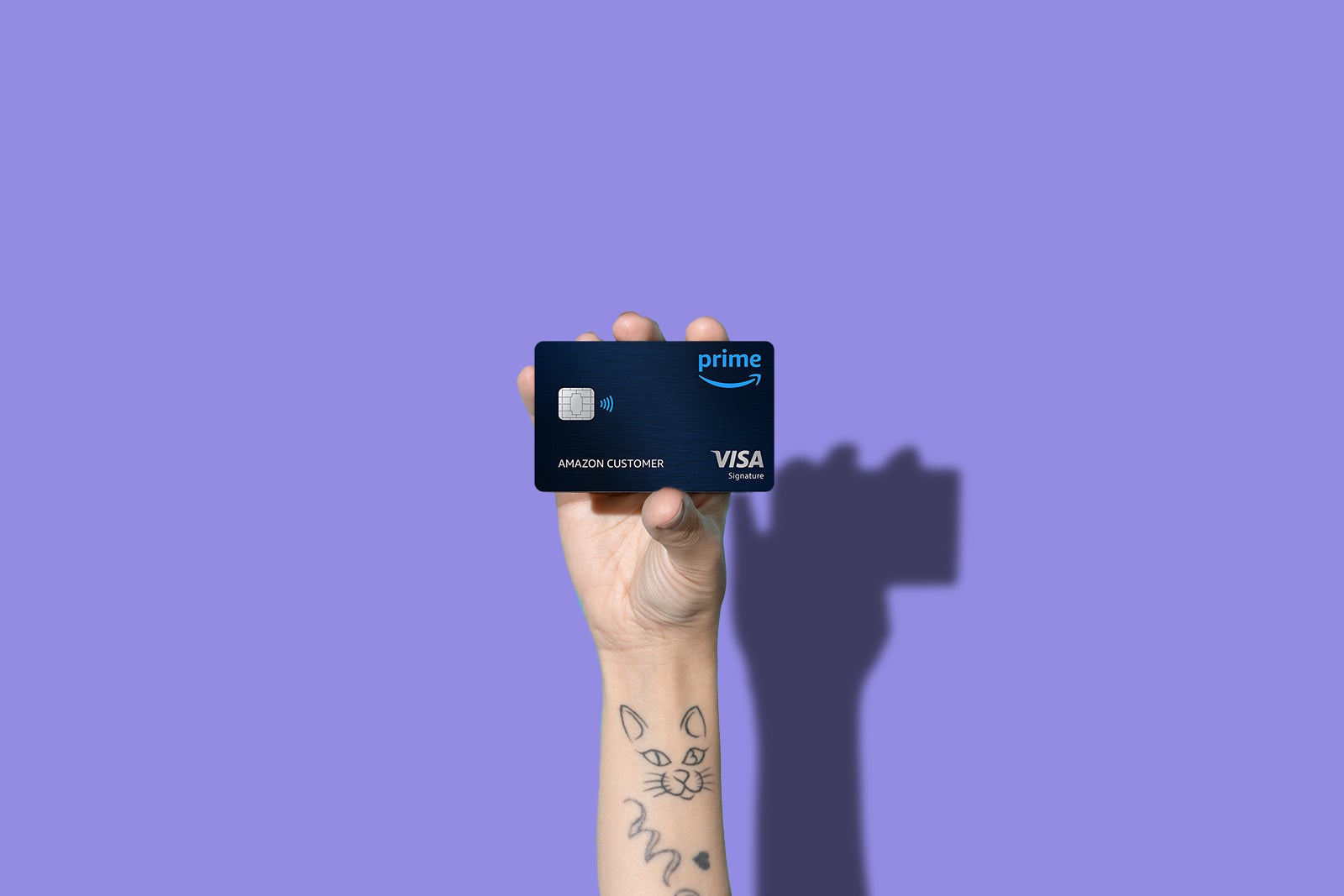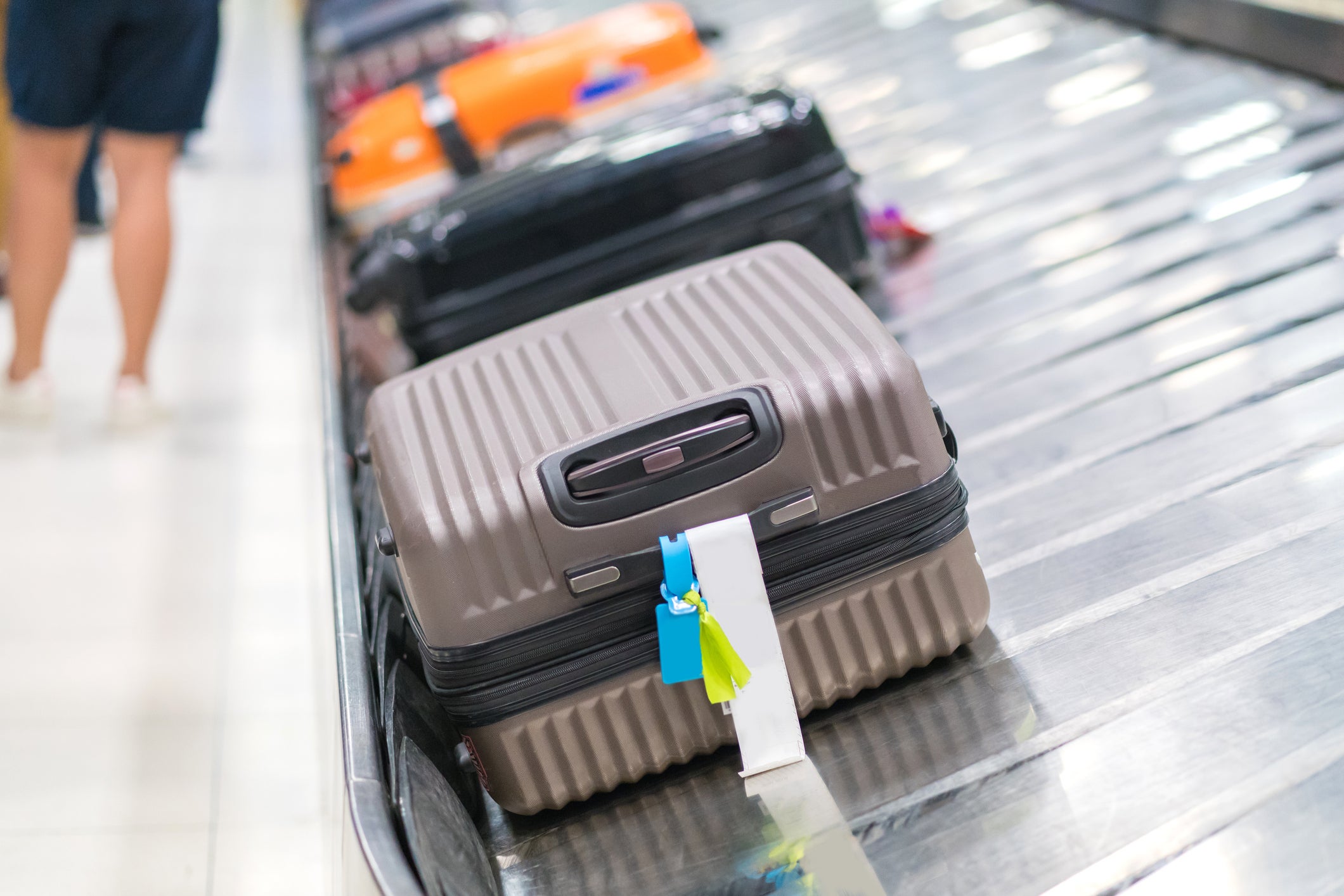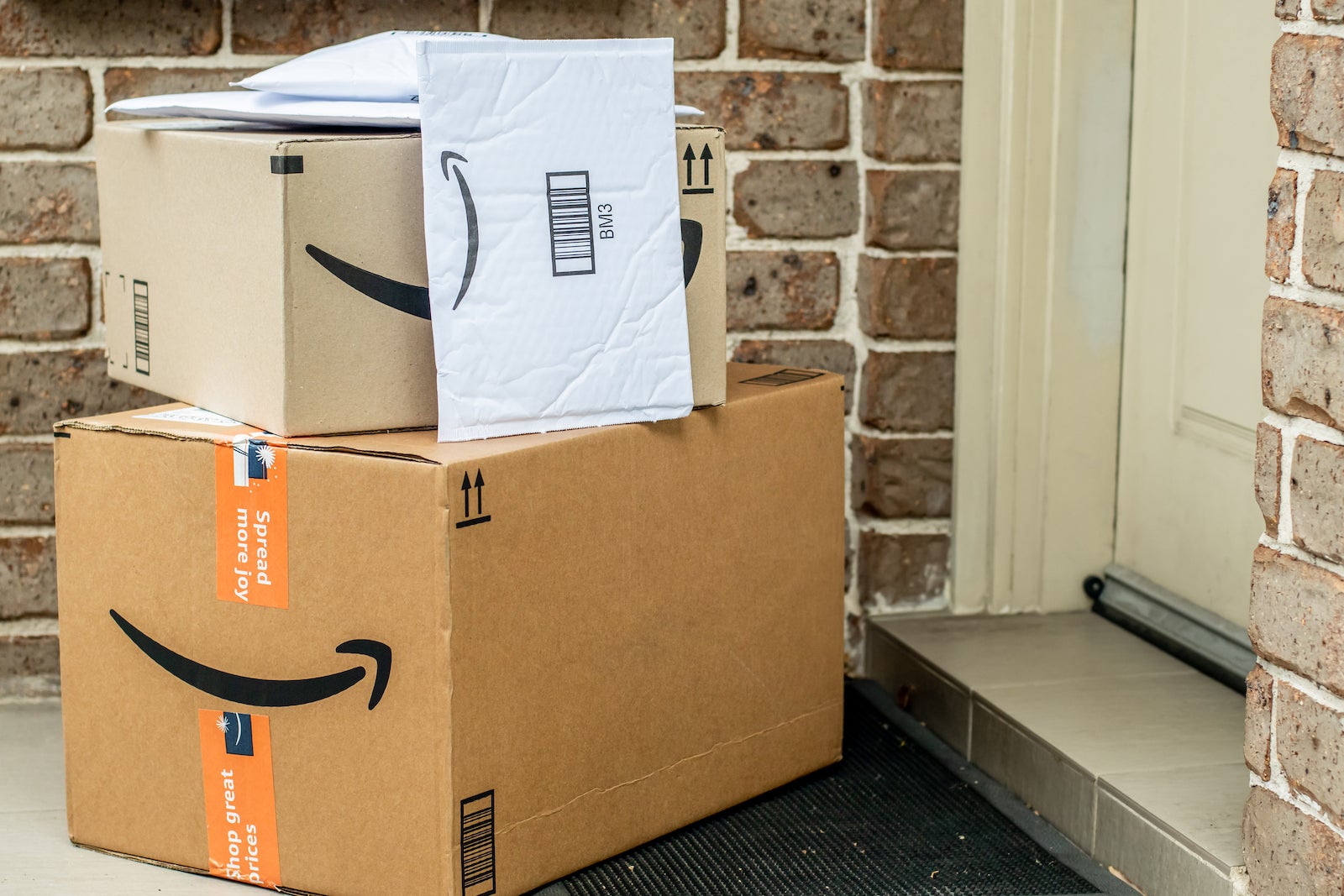Prime Visa card overview
Amazon’s Prime Visa is a solid earner, featuring a 5% return on Amazon.com, Whole Foods Market and Chase Travel℠ purchases, 2% on restaurant, gas station and commuting purchases and 1% back on everything else, making it a strong contender for those who spend big with Amazon and its brands. Another perk? This card does not have an annual fee. We recommend a credit score of 670* or above. Card rating**: ⭐⭐⭐½
**Card rating is based on the opinion of TPG’s editors and is not influenced by the card issuer.
Most of the time, we recommend saying “no thanks” when a cashier (or online pop-up) asks if you want to sign up for a store credit card at checkout. The discount you’ll get on your purchase is rarely as valuable as the sign-up bonuses other cards offer, and most store cards have disappointing earning structures.
But there are a few exceptions to that rule — and the Prime Visa is one of them.
The Prime Visa is worth considering if you spend a lot of your budget at Amazon or Whole Foods and want the best earning rate for those purchases. It earns 5% back on Amazon and Whole Foods purchases, a substantial return for a card with no annual fee.
But of course, it isn’t the best card for everyone. Here’s what you need to know to decide if the Prime Visa deserves a spot in your wallet.
Prime Visa pros and cons
| Pros | Cons |
|---|---|
|
|
Prime Visa welcome offer
Currently, the Prime Visa offers a $150 Amazon gift card instantly upon approval exclusively for Prime members.
When you consider that this is a no-annual-fee card, that’s a decent welcome bonus — especially since you’ll receive the e-gift card instantly upon approval instead of having to meet a spending requirement to earn it.
You do need a Prime membership to get the Prime Visa, and since this is a Chase card, you’ll want to be under 5/24 to increase your chances of approval.

Daily Newsletter
Reward your inbox with the TPG Daily newsletter
Join over 700,000 readers for breaking news, in-depth guides and exclusive deals from TPG’s experts
Related: The best credit cards for Amazon purchases
Prime Visa benefits
We usually don’t expect many benefits from a card without an annual fee, but the Prime Visa has some surprising perks.
As a cardholder, you’ll get extended warranty protection***, purchase protection***, travel accident insurance**** and lost or delayed baggage insurance****. Additionally, the Prime Visa doesn’t charge foreign transaction fees.
It seems like we hear a new horror story of someone’s lost luggage every day, so having baggage protection on top of earning bonus rewards on your purchase of Apple AirTags through Amazon is a great benefit.
With this card, you’ll enjoy 10% back on a rotating selection of items and categories. Finally, cardholders usually get access to early deals during Prime Day and can earn boosted rewards during these sales events.
***Insurance benefits are underwritten by Indemnity Insurance Company of North America (“Provider”). Coverage may not be available in all states or certain terms may be different where required by state law. To learn more, please visit https://www.chasebenefits.com/visasignatureVW1.
****Insurance benefits are underwritten by Federal Insurance Company. Coverage may not be available in all states or certain terms may
be different where required by state law. To learn more, please visit https://www.chasebenefits.com/visasignatureVW1.
Related: What to do when an airline loses your luggage
Earning cash back on the Prime Visa
The Prime Visa earns 5% back on Amazon.com, Amazon Fresh, Whole Foods Market and Chase Travel purchases. It also earns 2% back at gas stations, restaurants and local commuting (including ride-hailing services) and 1% on all other purchases.
No other card consistently offers this high of a return on Amazon purchases, so this earning structure is excellent for anyone who spends a large portion of their budget at Amazon and Whole Foods. If you want to stick to just one card, the additional 2% back categories are decent for everyday spending.
However, you can get higher earning rates on gas stations, restaurants, commuting and general purchases with other cards, so the Prime Visa works best as just one part of a larger card strategy.
Related: The best rewards credit cards for each bonus category
Redeeming cash back on the Prime Visa
One of the Prime Visa’s best qualities is the ease of redeeming rewards. You’ll see your rewards on your Amazon checkout screen and can use them to pay for part or all of your purchases at Amazon.com.
Alternatively, you can redeem your rewards for cash back, gift cards or travel through Chase Travel. No matter which redemption option you choose, you’ll get a value of one cent per point.
Other cards allow you to use your rewards to pay for your Amazon purchases, but we only recommend this route if you have the Prime Visa.
For instance, Chase Ultimate Rewards points are worth 2.05 cents apiece according to TPG’s October 2024 valuations, but you’ll get less than 1 cent per point if you use those points to pay for a purchase on Amazon.com. On the other hand, your Prime Visa rewards are worth the same one cent each whether you choose to use them to cover an Amazon purchase, get cash-back or book travel through Chase Travel.
Related: How to get maximum value from your Chase Ultimate Rewards
Which cards compete with the Prime Visa?
If you don’t have a Prime membership or don’t spend much of your budget at Amazon or Whole Foods, one of these cards may be a better choice for you:
For additional options, see our list of best cash-back credit cards and best store credit cards.
Related: Store vs. cash-back credit cards: Which one should I get?
Is the Prime Visa worth it?
If you already have a Prime membership and want to earn cash-back rewards, the Prime Visa is a good card to start with or add to your existing portfolio. However, if you don’t have a Prime membership or are focused on earning travel rewards, you’ll probably get more value from a different card.
Related: Cash-back vs. travel rewards: How to choose a credit card
Bottom line
With an unbeatable 5% return on Amazon and Whole Foods purchases and a simple redemption system, the Prime Visa is great for those who prefer the ease of using a no-annual-fee credit card that earns cash back over earning more complex travel rewards.
But if you plan to use points and miles for your next big trip, you’ll want to use a card that earns travel rewards points on your Amazon purchases instead. No matter which route you choose, you can’t go wrong with a card that earns rewards every time you click “Buy now” in your Amazon shopping cart.
Apply here: Prime Visa
For rates and fees of the Blue Cash Everyday card, click here.













